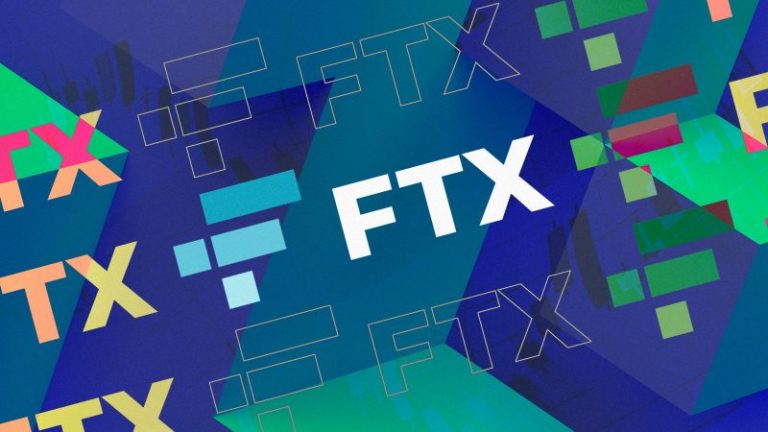
Collapsed cryptocurrency exchanged FTX, has made controversial last-minute adjustments to its payout plans, setting aside only 10-25% of crypto assets for victims, as seen in a court document.
According to FTX creditor activist Sunil Kavuri, the calculations will be based on the prices of assets at the time of FTX’s bankruptcy filing. For instance, Bitcoin was priced around $16,000 during the collapse, compared to its current value of $65,000.
Adding to it, $230M from the forfeited funds will go to a “Preferred Shareholder Remission Fund,” compensating FTX’s preferred shareholders. This fund will benefit equity holders rather than crypto holders, sparking concerns among those expecting a more equitable recovery.
Register for Tekedia Mini-MBA edition 19 (Feb 9 – May 2, 2026): big discounts for early bird.
Tekedia AI in Business Masterclass opens registrations.
Join Tekedia Capital Syndicate and co-invest in great global startups.
Register for Tekedia AI Lab: From Technical Design to Deployment (next edition begins Jan 24 2026).
However, this decision to allocate such an amount to shareholders, has sparked outrage among customers and crypto enthusiasts, with some branding the move as “criminal”.
The revised payout plan has led to widespread dissatisfaction among FTX creditors, many of whom have taken to social media to voice their anger. Some customers have reported severe mental distress, as they grapple with the loss of their life savings. The backlash on the crypto exchange underscores the deepening mistrust in its handling of the bankruptcy and its impact on creditors and customers.
It is understood that FTX and Alameda Research were ordered to repay $12.7B to victims after revelations of misusing customer funds for personal investments and political donations. Recall that in May 2024, bankruptcy lawyers representing customers impacted by the dramatic crash of FTX noted that the vast majority of victims will receive their money back plus interest.
Fast forward to August 2024, FTX and its affiliate Alameda Research agreed to the $12.7 billion repayment order as part of a settlement with the Commodity Futures Trading Commission (CFC). The order required FTX to repay all customer funds, with interest, before the CFC could collect any payments. However, FTX is still liable for $8.7 billion in restitution and $4 billion in disgorgement. Typically, in Chapter 11 bankruptcy proceedings, shareholders are reimbursed last after creditors.
However, the revised FTX agreement appears to prioritize shareholders, transferring additional funds to them. Kavuri expressed that creditors would receive their reimbursements based on the petition date, when crypto prices were significantly lower than today, exacerbating their losses.
This move comes six months after FTX co-founder and former CEO Sam Bankman-Fried (SBF) was found guilty on seven counts related to fraud, conspiracy, and money laundering, with some $8 billion of customers’ funds going missing.
After filing for bankruptcy in late 2022, SBF stood down and U.S. attorney John J. Ray Ill was brought in as CEO and “chief restructuring officer,” charged with overseeing FX’s reorganization. Shortly after taking over, Ray said in testimony that despite some of the audits that had been done previously at FTX, he didn’t “trust a single piece of paper in this organization.”
In the months that followed, Ray and his team set about tracking the missing funds, with some $8 billion placed in real estate, political donations, and VC investments including a $500 million investment in Al company Anthropic.



